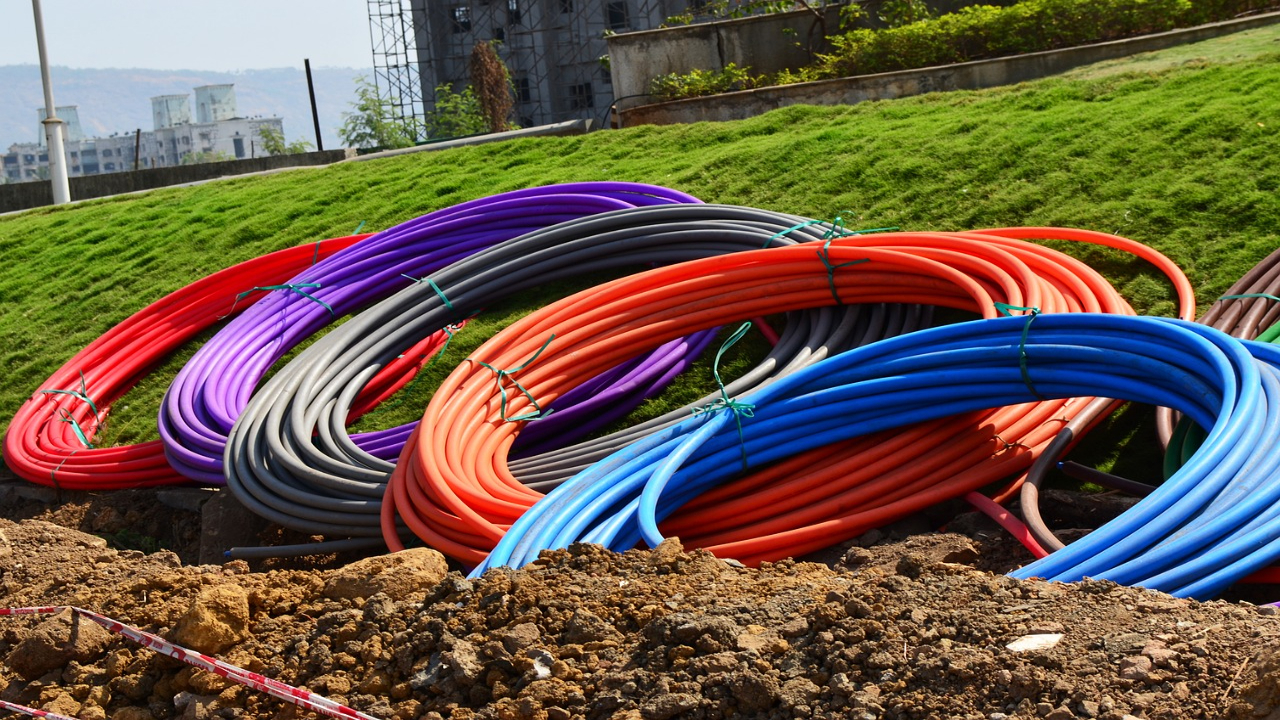Fiber optic networks have become the foundation for dependable and fast data transfer within the quickly changing telecommunications industry. These networks are susceptible to problems that could impair connectivity like any other technology. To effectively diagnose and fix issues with fiber optic networks, troubleshooting calls for a combination of technical expertise, advanced tools, and a systematic approach. In this article, we will examine the main difficulties encountered by fiber optic networks and practical troubleshooting techniques.
Identifying Common Challenges
Signal Loss
Signal loss is one of the main problems with fiber optic networks. Several things, including attenuation, dispersion, and bending of the fiber optic cables, can result in signal loss. A comprehensive inspection of the complete network, including the connectors, splices, and fiber itself, is necessary to determine the cause of signal loss.
Connector Issues
An essential component in preserving signal integrity is the connector. Issues such as soiled or broken connectors can seriously affect performance. Resolving connector-related issues requires cleaning with specialized tools and inspecting using a fiber optic microscope.
Fiber Breaks
Breaks may result from physical damage to fiber optic cables, frequently brought on by things like building activities, rodents, or natural calamities. Restoring connectivity requires finding the breakpoint and fixing or replacing the damaged area.
Dispersion
Signals disperse and blur during transmission, compromising the data’s integrity. Common types of dispersion that can be addressed using either dispersion-shifted or dispersion-compensating fibers include chromatic and modal dispersion.
Troubleshooting Strategies
Use of OTDR (Optical Time-Domain Reflectometer)
An indispensable instrument for debugging fiber optic networks is an OTDR. It measures the time it takes for the reflections to return after sending light pulses through the fiber. This allows professionals to identify the precise location and kinds of problems, like bends, fractures, or splice losses.
Visual Inspection
Visual checks of cables and connectors regularly are crucial preventive steps. Inspection and fiber optic microscopes can pick up on minute problems that could go undiscovered but can significantly affect the transmission quality.
Power Meter and Light Source
The power levels at different places in the network are measured using power meters and light sources. Variations in power levels may be a sign of problems like defective parts or significant attenuation.
Fiber Tracing and Documentation
Efficient troubleshooting is made more accessible by accurate network structure documentation, including splices, connectors, and fiber pathways. Fiber tracing tools facilitate identifying and resolving issues by determining the path taken by individual fibers inside the network.
End-to-End Testing
Testing the network from end to end guarantees everything operates as it should. This entails inspecting each component separately and the fiber optic network’s overall connectivity and data transfer across its whole length.
Crucial Role of a Reliable Fiber Optics Provider
A knowledgeable supplier of fiber optic devices is essential to the troubleshooting process since they can supply top-notch diagnostic instruments such as OTDRs, cutting-edge testing apparatus, and knowledgeable advice. Through this collaboration, companies will be guaranteed access to the necessary tools and assistance to manage the challenges of preserving flawless fiber optic communication effectively.
Here, bonelinks stands out as one of the best companies, providing top-notch solutions and unparalleled support. For a firsthand experience of their excellence, visit their official page.
Conclusion
Fiber optic network troubleshooting requires both specialized equipment and technical expertise. Network specialists can guarantee the smooth operation of these vital communication infrastructures by methodically resolving prevalent issues. Advanced testing tools such as power meters, OTDRs, and visual inspection tools enable technicians to discover and fix problems quickly, reducing downtime and guaranteeing a strong and dependable fiber optic network.
